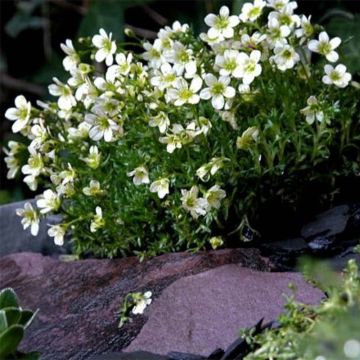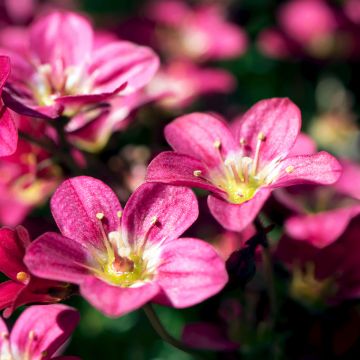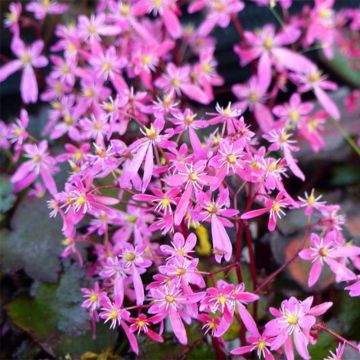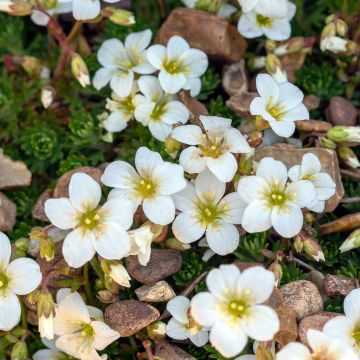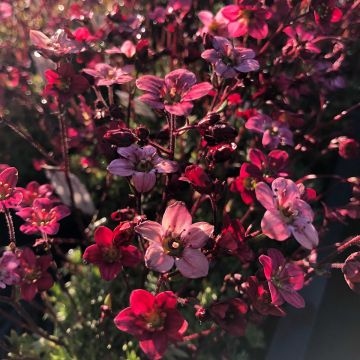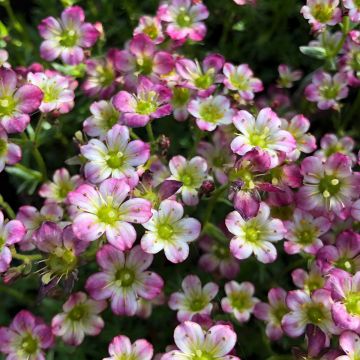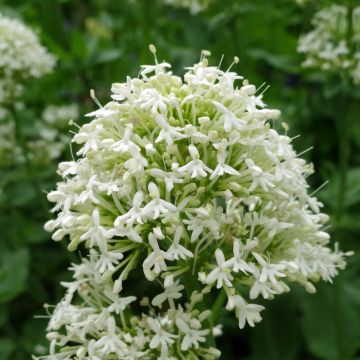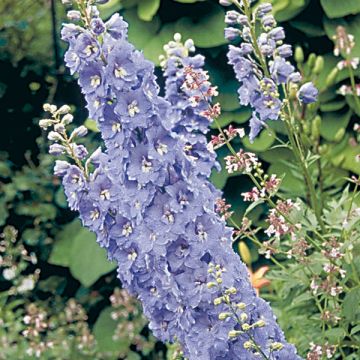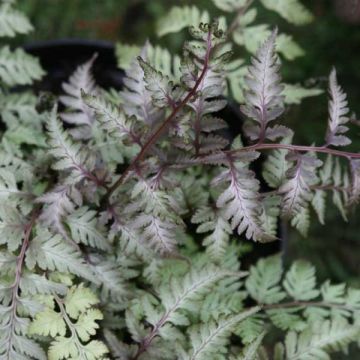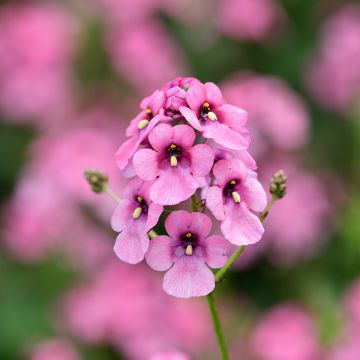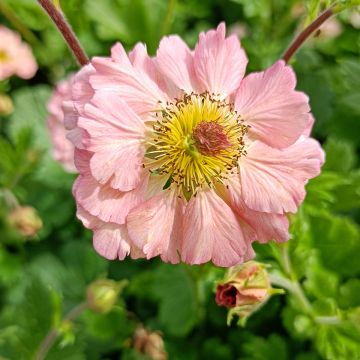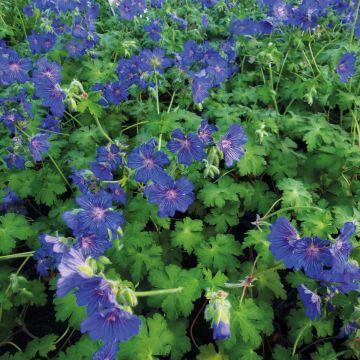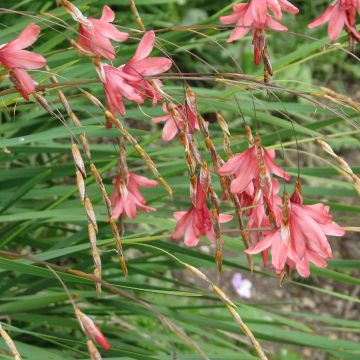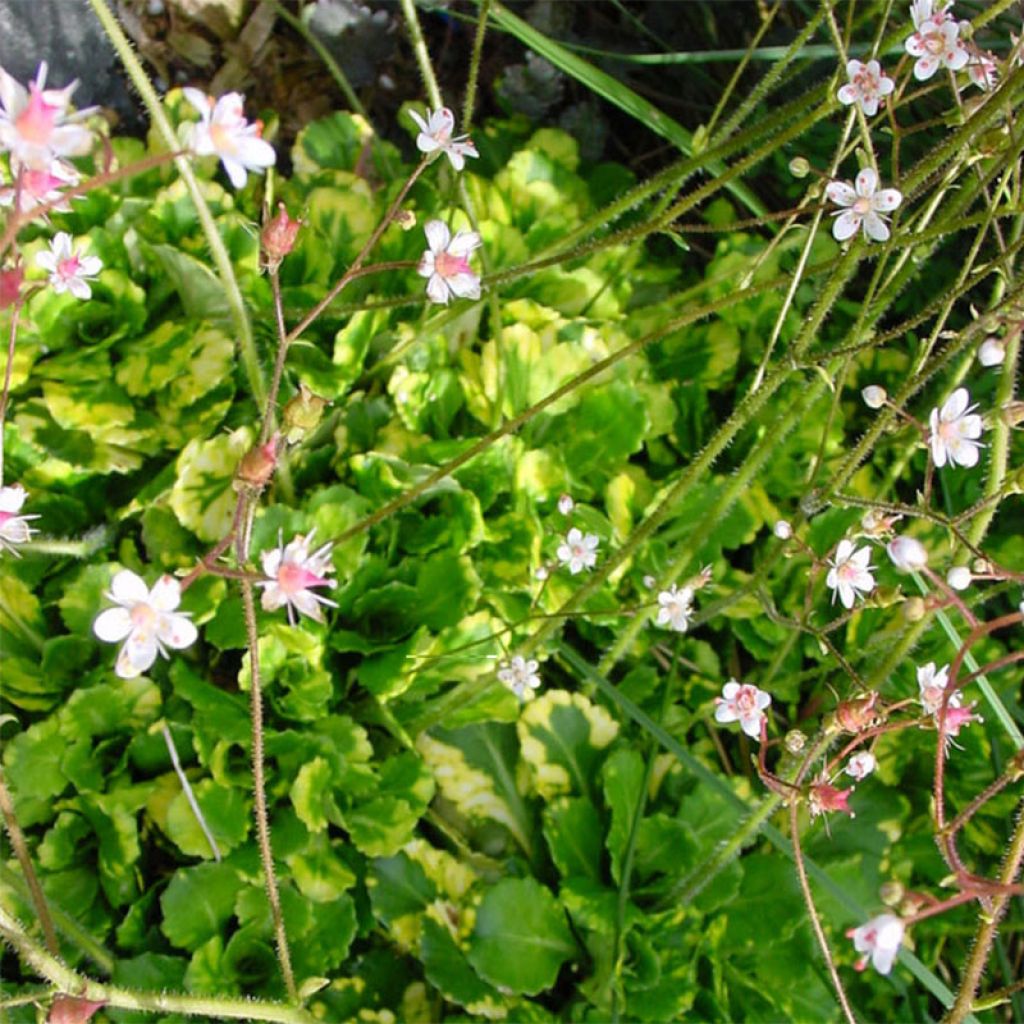

Saxifraga umbrosa Variegata
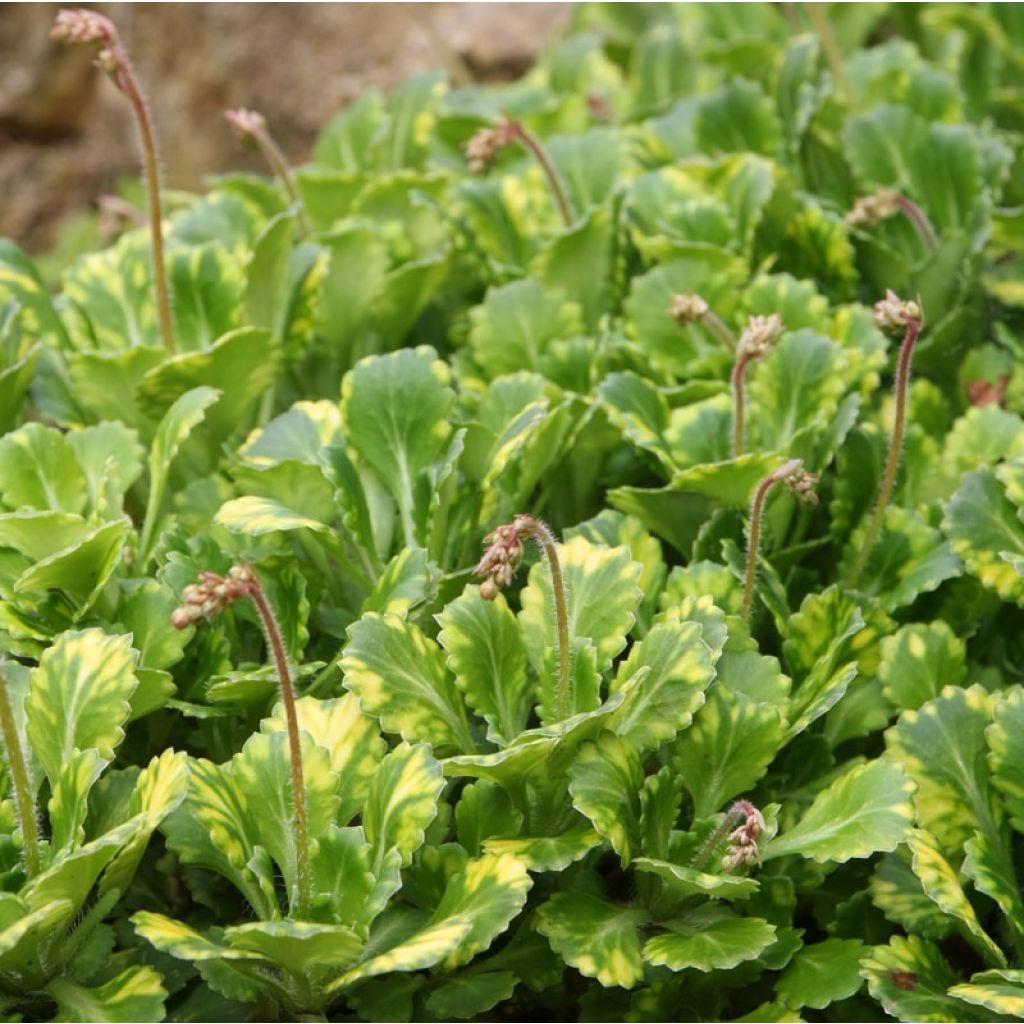

Saxifraga umbrosa Variegata
Saxifraga umbrosa Variegata
Saxifraga umbrosa Variegata
London Pride, None-so-pretty, St Patrick's Cabbage
I planted them in the shade as instructed, and at my place it freezes, but I don't know why, they shot up after being planted and then disappeared! The freeze?!
Frédérique, 09/02/2020
Special offer!
Receive a €20 voucher for any order over €90 (excluding delivery costs, credit notes, and plastic-free options)!
1- Add your favorite plants to your cart.
2- Once you have reached €90, confirm your order (you can even choose the delivery date!).
3- As soon as your order is shipped, you will receive an email containing your voucher code, valid for 3 months (90 days).
Your voucher is unique and can only be used once, for any order with a minimum value of €20, excluding delivery costs.
Can be combined with other current offers, non-divisible and non-refundable.
Home or relay delivery (depending on size and destination)
Schedule delivery date,
and select date in basket
This plant carries a 12 months recovery warranty
More information
We guarantee the quality of our plants for a full growing cycle, and will replace at our expense any plant that fails to recover under normal climatic and planting conditions.
Would this plant suit my garden?
Set up your Plantfit profile →
Description
Saxifraga umbrosa 'Variegata' is a despair of painters with its variegated foliage. It is unique in appearance but just as easy to grow as its wild parent. This saxifrage forms a wonderful evergreen and colourful ground cover, composed of bright green crassulae rosettes, speckled with yellow and cream. The carpet comes to life in spring with cloudy inflorescences, formed by reddish stems releasing an explosion of white stars with red centres. This perennial will thrive in a cool rockery or border, in poor but moist soil. Plant it in partial shade, even under trees.
Saxifraga umbrosa is the true 'despair of painters'. It is a Pyrenean botanical species that belongs to the Saxifragaceae family. The growth rate of this small perennial is quite slow.
The 'Variegata' form is distinguished by its foliage randomly speckled with bright yellow and cream-white. Its adult size will not exceed 10cm (4in) in height, 30cm (12in) in flower. It forms thick-leaved rosettes that create a carpet, slowly spreading over time through stolons anchored in rock crevices and between stones, in the smallest pockets of humus. The foliage is composed of round and thick petiolate leaves. They are spoon-shaped with very serrated edges and a shiny appearance. The flowering takes place in May-June, in the form of bare and branched red stems emerging from the rosettes, bearing small simple white flowers delicately dusted with dark red at the centre.
This 'despair of painters' can be used to define paths and borders, but can also be used for larger areas. For example, it will thrive very well on banks where grass is scarce. It can also replace moss that invades a shaded end of the lawn: this area can be dug out to plant a carpet of saxifrages. For the same reason, this plant will serve as ground cover between shrubs and trees. A wonderful hiding place, it adapts without any difficulty to the poorest sandy soil or shady locations. It proves to be very valuable in the most unfavourable areas of the garden, such as in the shade, in the north. Use saxifrage to conceal a portion of soil where stones or construction waste have been buried. It also works well in a large container, for example.
These plants often grow in rock crevices. It was long believed that this plant has medicinal properties and could eliminate kidney stones. In the family of rockery plants, the genus "saxifraga" constitutes a particular category comprising more than 450 species. Saxifrages can reach the highest peaks of the highest mountains. In these inhospitable places, nature has created magicians of survival.
Report an error about the product description
Saxifraga umbrosa Variegata in pictures
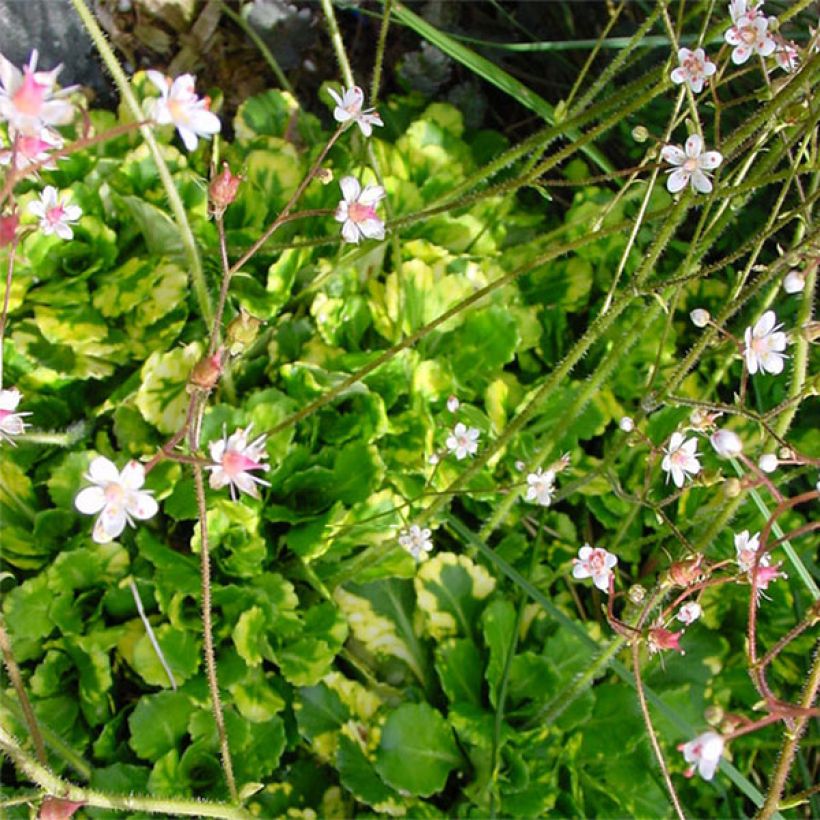

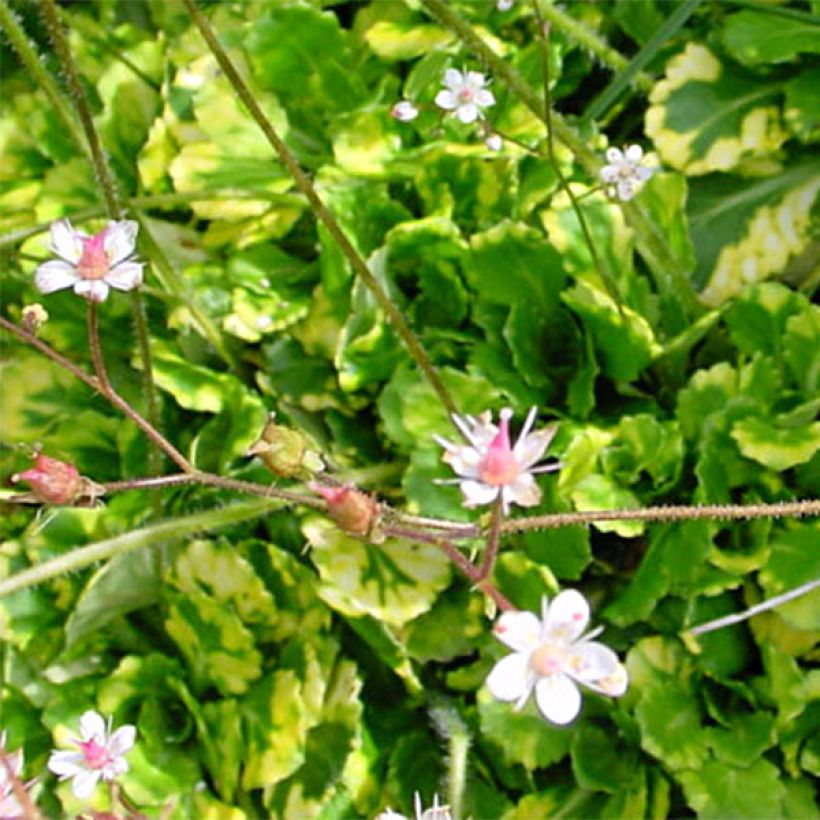

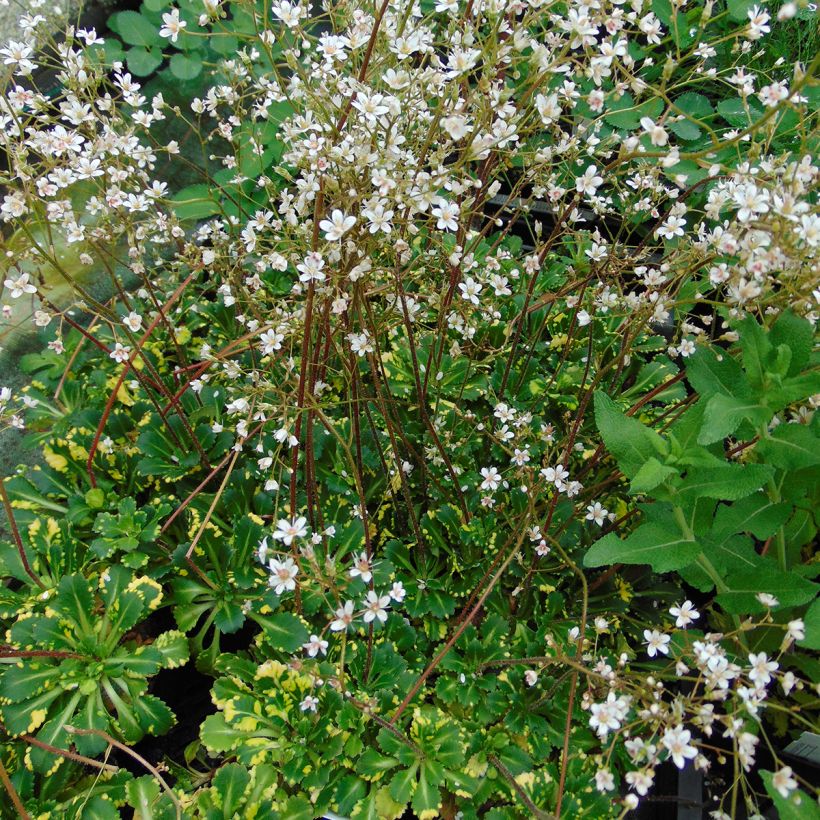

Flowering
Foliage
Plant habit
Botanical data
Saxifraga
umbrosa
Variegata
Saxifragaceae
London Pride, None-so-pretty, St Patrick's Cabbage
Cultivar or hybrid
Other Saxifraga
View all →Planting and care
Plant Saxifraga umbrosa 'Variegata' in permeable and humus-rich, neutral or calcareous, moist but well-drained soil. Adding compost or potting soil to heavy soil is beneficial. This plant prefers a shady or semi-shady exposure and is sensitive to arid and scorching conditions. It requires little maintenance, but you must weed around it as the aggressive competition from some weeds and perennials is fatal to it. Faded flowers can be removed after flowering for a cleaner appearance. It is preferable to plant this small perennial in March.
Planting period
Intended location
Care
-
, onOrder confirmed
Reply from on Promesse de fleurs
Similar products
Haven't found what you were looking for?
Hardiness is the lowest winter temperature a plant can endure without suffering serious damage or even dying. However, hardiness is affected by location (a sheltered area, such as a patio), protection (winter cover) and soil type (hardiness is improved by well-drained soil).

Photo Sharing Terms & Conditions
In order to encourage gardeners to interact and share their experiences, Promesse de fleurs offers various media enabling content to be uploaded onto its Site - in particular via the ‘Photo sharing’ module.
The User agrees to refrain from:
- Posting any content that is illegal, prejudicial, insulting, racist, inciteful to hatred, revisionist, contrary to public decency, that infringes on privacy or on the privacy rights of third parties, in particular the publicity rights of persons and goods, intellectual property rights, or the right to privacy.
- Submitting content on behalf of a third party;
- Impersonate the identity of a third party and/or publish any personal information about a third party;
In general, the User undertakes to refrain from any unethical behaviour.
All Content (in particular text, comments, files, images, photos, videos, creative works, etc.), which may be subject to property or intellectual property rights, image or other private rights, shall remain the property of the User, subject to the limited rights granted by the terms of the licence granted by Promesse de fleurs as stated below. Users are at liberty to publish or not to publish such Content on the Site, notably via the ‘Photo Sharing’ facility, and accept that this Content shall be made public and freely accessible, notably on the Internet.
Users further acknowledge, undertake to have ,and guarantee that they hold all necessary rights and permissions to publish such material on the Site, in particular with regard to the legislation in force pertaining to any privacy, property, intellectual property, image, or contractual rights, or rights of any other nature. By publishing such Content on the Site, Users acknowledge accepting full liability as publishers of the Content within the meaning of the law, and grant Promesse de fleurs, free of charge, an inclusive, worldwide licence for the said Content for the entire duration of its publication, including all reproduction, representation, up/downloading, displaying, performing, transmission, and storage rights.
Users also grant permission for their name to be linked to the Content and accept that this link may not always be made available.
By engaging in posting material, Users consent to their Content becoming automatically accessible on the Internet, in particular on other sites and/or blogs and/or web pages of the Promesse de fleurs site, including in particular social pages and the Promesse de fleurs catalogue.
Users may secure the removal of entrusted content free of charge by issuing a simple request via our contact form.
The flowering period indicated on our website applies to countries and regions located in USDA zone 8 (France, the United Kingdom, Ireland, the Netherlands, etc.)
It will vary according to where you live:
- In zones 9 to 10 (Italy, Spain, Greece, etc.), flowering will occur about 2 to 4 weeks earlier.
- In zones 6 to 7 (Germany, Poland, Slovenia, and lower mountainous regions), flowering will be delayed by 2 to 3 weeks.
- In zone 5 (Central Europe, Scandinavia), blooming will be delayed by 3 to 5 weeks.
In temperate climates, pruning of spring-flowering shrubs (forsythia, spireas, etc.) should be done just after flowering.
Pruning of summer-flowering shrubs (Indian Lilac, Perovskia, etc.) can be done in winter or spring.
In cold regions as well as with frost-sensitive plants, avoid pruning too early when severe frosts may still occur.
The planting period indicated on our website applies to countries and regions located in USDA zone 8 (France, United Kingdom, Ireland, Netherlands).
It will vary according to where you live:
- In Mediterranean zones (Marseille, Madrid, Milan, etc.), autumn and winter are the best planting periods.
- In continental zones (Strasbourg, Munich, Vienna, etc.), delay planting by 2 to 3 weeks in spring and bring it forward by 2 to 4 weeks in autumn.
- In mountainous regions (the Alps, Pyrenees, Carpathians, etc.), it is best to plant in late spring (May-June) or late summer (August-September).
The harvesting period indicated on our website applies to countries and regions in USDA zone 8 (France, England, Ireland, the Netherlands).
In colder areas (Scandinavia, Poland, Austria...) fruit and vegetable harvests are likely to be delayed by 3-4 weeks.
In warmer areas (Italy, Spain, Greece, etc.), harvesting will probably take place earlier, depending on weather conditions.
The sowing periods indicated on our website apply to countries and regions within USDA Zone 8 (France, UK, Ireland, Netherlands).
In colder areas (Scandinavia, Poland, Austria...), delay any outdoor sowing by 3-4 weeks, or sow under glass.
In warmer climes (Italy, Spain, Greece, etc.), bring outdoor sowing forward by a few weeks.






























